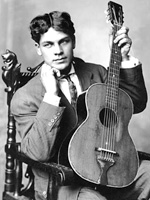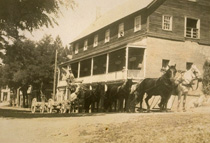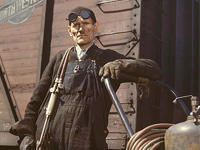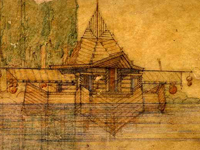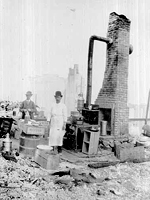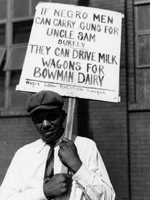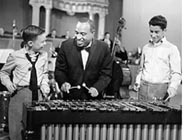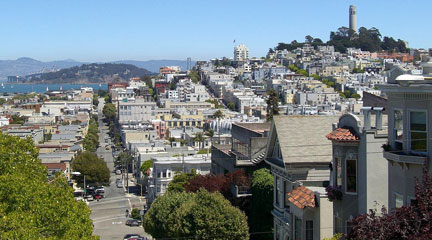Teaser
Learn about the experiences of immigrants detained at Angel Island and how this impacted their opinion of the US.
Description
Students explore the immigrant experience at Angel Island through the analysis of poetry written by immigrants during detention at the San Francisco Bay island.
Article Body
Many U.S. history classrooms devote significant time to understanding the immigrant experience. In teaching the immigrant experience, however, many classrooms focus exclusively on European immigration through Ellis Island. This lesson, The Story Behind the Poems, provides students with an excellent opportunity to learn about Asian immigration through Angel Island, and the ways in which the Asian immigrant experience differed from the European immigrant experience. The topics covered in this lesson would be an excellent addition to a unit on immigration, and would couple nicely with lessons on Chinese Exclusion and nativism in the West. The lesson first provides students with excellent historical background through an on-line video about Angel Island. The lesson then positions students to better understand the Asian immigrant experience through an analysis of poetry left by Asian immigrants on the cell walls of Angel Island. The poetry analysis allows students to connect with the words of the immigrants and hone the skill of analyzing the perspective of an author in a literary piece from the past. The lesson is highly structured and provides plenty of guidance for teachers who are not experienced in using poems as primary historical documents. The lesson includes sample questions to pose with students while analyzing the poems and also provides students with a graphic organizer to help them organize their thoughts as they prepare to write a reflection on a poem.
Topic
Immigration; Asian American history; western settlement
Time Estimate
1-2 50-minute periods
Rubric_Content_Accurate_Scholarship
Rubric_Content_Historical_Background
Rubric_Content_Read_Write
Yes Students interpret poems and write a reflection on the meaning of the poem and the perspective of the author.
Rubric_Analytical_Construct_Interpretations
Rubric_Analytical_Close_Reading_Sourcing
Yes The poetry analysis requires close attention to meaning and intent.
Rubric_Scaffolding_Appropriate
Yes This lesson is appropriate for the students in late elementary to early middle school.
Rubric_Scaffolding_Supports_Historical_Thinking
Yes Materials include teacher guidelines for helping students analyze the poems and a graphic organizer to help students organize and focus their thoughts about the poems.
Rubric_Structure_Assessment
No Students are assessed based on in-class discussion and a written reflection about the poems. However, the lesson does not provide specific criteria for assessing performance on the reflection.
Rubric_Structure_Realistic
Yes The lesson-plan is clear and can be easily adapted to a wide variety of classroom settings.
Rubric_Structure_Learning_Goals
Yes The lesson aims to 1) teach about the Angel Island experience, and 2) provide opportunities to analyze and interpret poetry. The lesson progresses logically to these goals.


